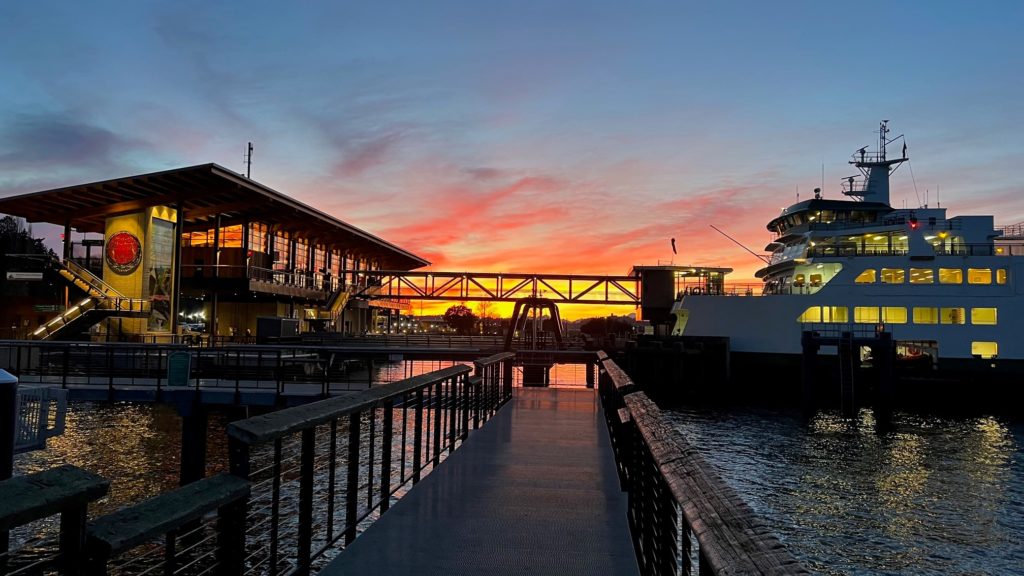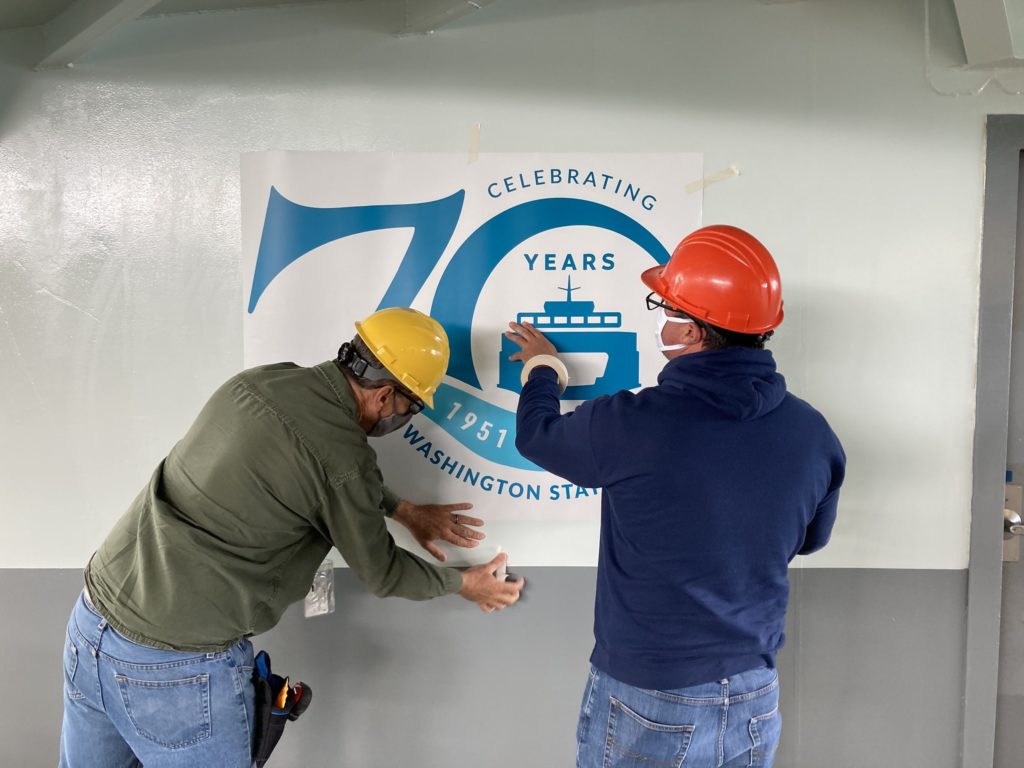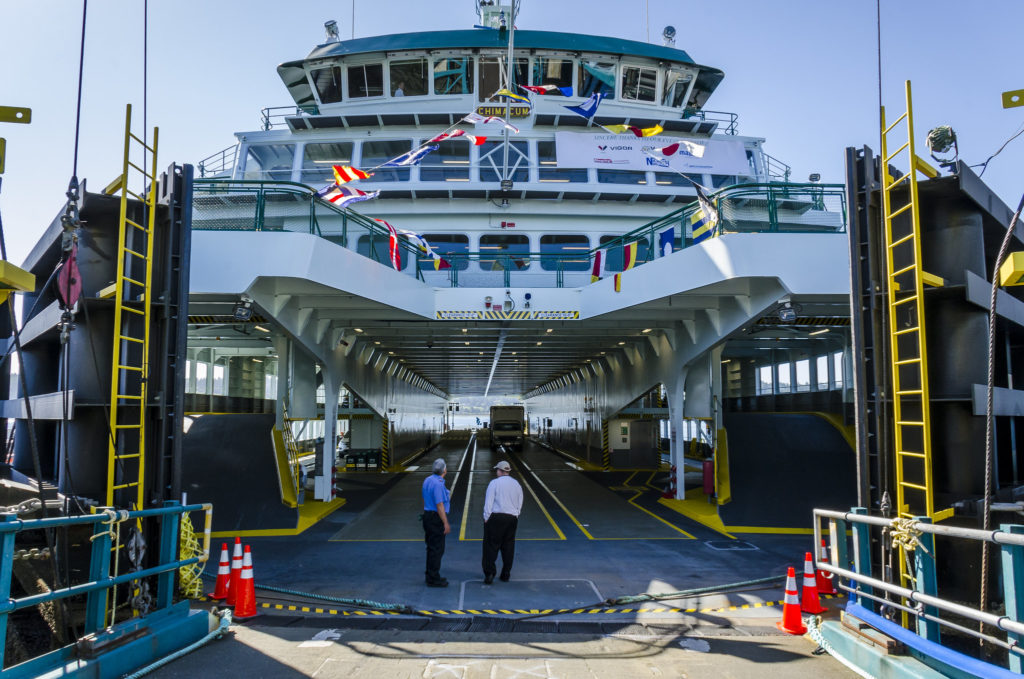Dear neighbors,
Our communities depend on ferries for jobs, for education, and for health care.
It’s clear that our ferries—and the people who depend on them—are struggling.
Just like you, I’m frustrated and angry by the decline in ferry service.
Our state will now have gone more than a decade twice (2000-2010 & 2018-2028) without building any new ferries. That’s unacceptable. While we are finally prioritizing building new boats, they won’t come online fast enough to restore service to every route for several years.
On January 4th, Washington State Ferries released a contingency plan for dealing with the shortage of vessels, replacing its previous service restoration plans.
I’m proud that the legislature, with leadership from the House Transportation Committee on which I serve, allocated additional resources to restore 2-boat service to the Clinton-Mukilteo run, which is vitally important. I’m also fighting to ensure that the Coupeville-Port Townsend route will return to 2-boat service as quickly as WSF has the resources to do so.
Here’s what’s happening, what I’m working on, and how you can speak out for better ferry service.
What‘s happening with the ferry workforce
With new funding and reforms from lawmakers, we are making progress on the ferry workforce shortage.
Since Jan. 1, 2023, licensed captains and mates are up 7.5 percent, unlicensed deck crew are up 3 percent, and unlicensed engine crew are up 9.3 percent.
The only decrease was in licensed engine crew, which fell 2.7 percent.
The ferry workforce is half the issue. You can’t run a boat without enough crew, and you can’t put crew to use without enough boats.
What’s happening with building ferries
The Legislature has finally funded the construction of new ferries and converting existing boats to hybrid-electric.
We need a total of 26 vessels for full ferry service. Today, we have 21 boats.
At any one time, four of those vessels are typically out for maintenance, preservation, and/or repairs.
The long-range plan calls for building 16 new boats by 2040.
There’s funding for five new boats in the Move Ahead WA package, which already passed the Legislature.
After those five ferries are built, we must commit to building one boat every-other-year to ensure that boats get replaced on a rolling basis instead of aging out all at once.
What I’m working on
I’m talking to lawmakers from both parties about creative solutions.
Taxpayers will save money with the switch to hybrid-electric ferries, with each one coming online meaning about $32 million in lower fuel costs over a four-year period.
The governor’s proposed transportation budget included all the major requests from Washington State Ferries, and I’ll push for that funding in the final transportation budget.
I’m especially pleased with the proposal to add 2 extra crew members to each ferry to ensure boats can meet Coast Guard standards and sail if a crew member is sick. This will reduce cancellations.
What you can do
Here’s an opportunity to hear directly from WSF managers about their plans to improve service and build new ferries: there are 2 virtual public meetings held by WSF next week.
The first is 12:30 p.m. Wednesday, Jan. 17 and the second is 6 p.m. on Thursday, Jan. 18. Click here to register to either event.
You can also contact your local lawmakers, including me, to share your comments, ideas, and personal experience with ferry service. Tell your story. What do ferries mean to your family, and how does the cutback in services affect you?
I can use your stories in committee or the floor of the House to advocate for better ferry service.
I’ll continue to keep you updated about ferry legislation and funding in the budget—and I hope you continue to stay in touch with your stories, ideas, and comments.





